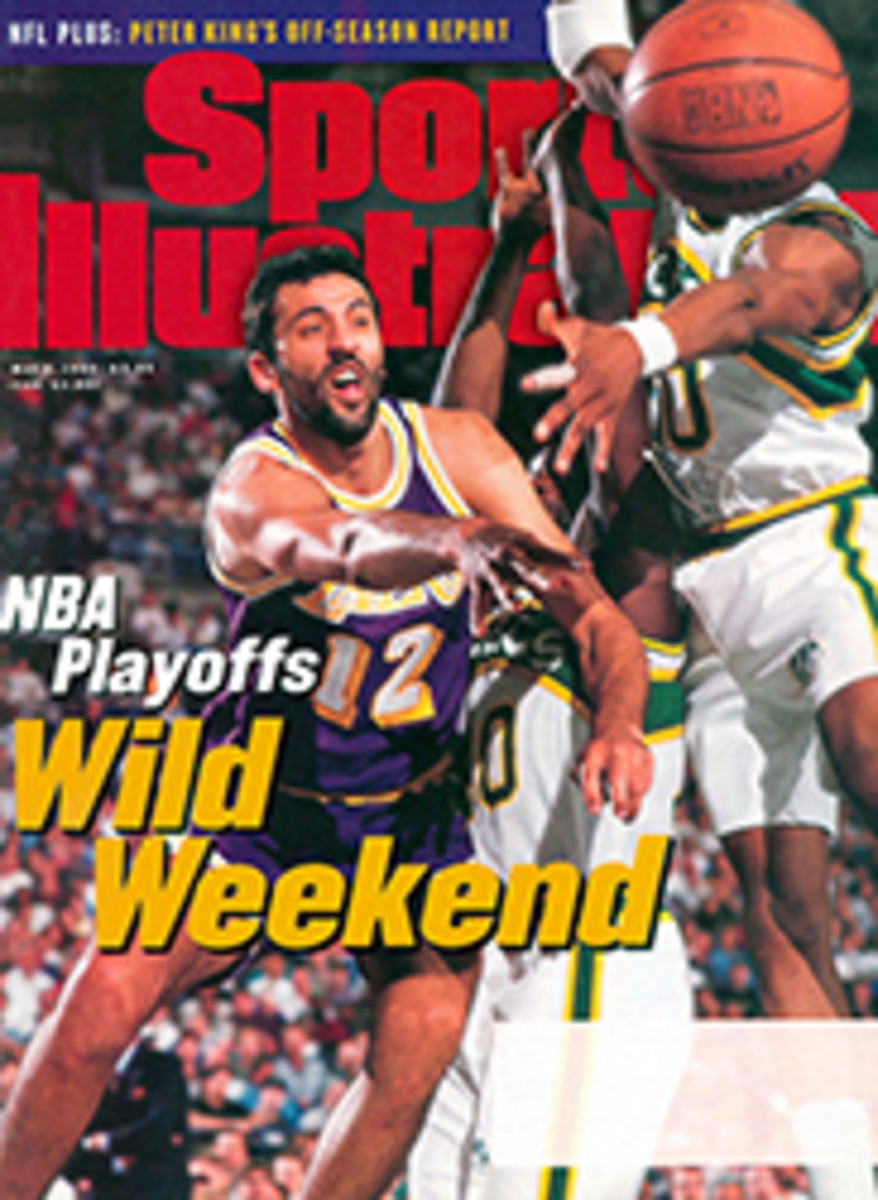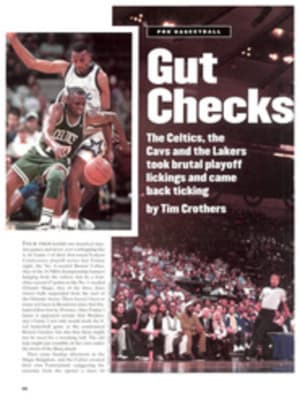
CARL LEWIS
Even in his prime, Carl Lewis was never much of a starter.
Whether coming out of the blocks or emerging from the cocoon of
diversions he wraps around himself each winter (reporting for
radio shows, taking acting lessons, penning his autobiography)
Lewis has always taken a little longer than other sprinters to
reach full speed. Not that it has mattered. At the only end of the
track that counts -- the finish -- Lewis has proved himself to be
the greatest track and field athlete of all time, the greatest
sprinter, the greatest jumper. No one else is even close.
What, then, are we to make of Lewis's 1995 season? He will turn 34
on July 1. When the end of his career does come, as it soon must,
it may resemble this past month. On April 8 Lewis ran an
impressive-sounding 9.94 at the Texas Relays, but the race was
wind aided and he finished third. On April 15 Lewis won the long
jump at the Mount SAC Relays, but his leap of 26 8-1/4" was his
shortest winning distance in 14 years. Last Friday afternoon, at
the Drake Relays, Lewis lost again, this time to a 19-year-old
UTEP sophomore named Obadele Thompson and an Oregon freshman named
Patrick Johnson. ``I was looking for his usual finish,'' said
Thompson afterward, ``but it wasn't there.''
Lewis's time of 10.32 left him more than a meter behind Thompson's
10.19. ``I just didn't feel sharp,'' Lewis said, sounding less
confident than usual.
As Lewis explains it, the big difference this year is not physical
but mental. ``When you've been to 14 Mount SAC Relays or 13 of
this meet or 11 of this, you don't approach it the same way,'' he
said before Drake. ``I have a difficult time getting focused for
some of the meets I've been to so many times. But the one thing
I've kept is my enthusiasm for training and for major meets.''
So Lewis's first true test will come in June, at the national
championships in Sacramento, where he hopes to make the U.S. team
for this summer's world championships in Goteborg, Sweden. Those
who know Lewis best insist that physically he is as good as ever.
``I don't see anything in practice that he can't do now that he
did before,'' says Tom Tellez, who has been coaching Lewis for 16
years.
If there is a sign that Lewis is feeling his age, it is that he
started working out later this year than usual, in early January.
``He was just beat,'' Tellez says. ``He took time off to get
himself rejuvenated. But I think he looks better in practice than
he has in a long time. It's just a matter of getting up for
meets.''
In some quarters Lewis has already been written off. Olympic
champion Linford Christie pointed out last summer that it had been
three years since Lewis broke 10 seconds without an aiding wind.
Last year's top sprinter, Dennis Mitchell, told the Chicago
Tribune last summer, ``Right now, all the other sprinters in the
world aren't worried about Carl at all.''
Maintenance has always figured in Lewis's calculations. He has
absorbed in his blood and his bones the paradox that Tellez
teaches -- that you run fast by relaxing and maintaining speed,
not by trying to accelerate to the finish. Relax and maintain.
That's the essence of sprinting. It is also the essence of hanging
in for the long run.
We know how Carl Lewis starts. Now, how will he finish?
--Merrell Noden
COLOR PHOTO:KEVIN WOLF/APThe aging track star has fallen behind the competition. [Carl Lewis finishing race behind other runners]

